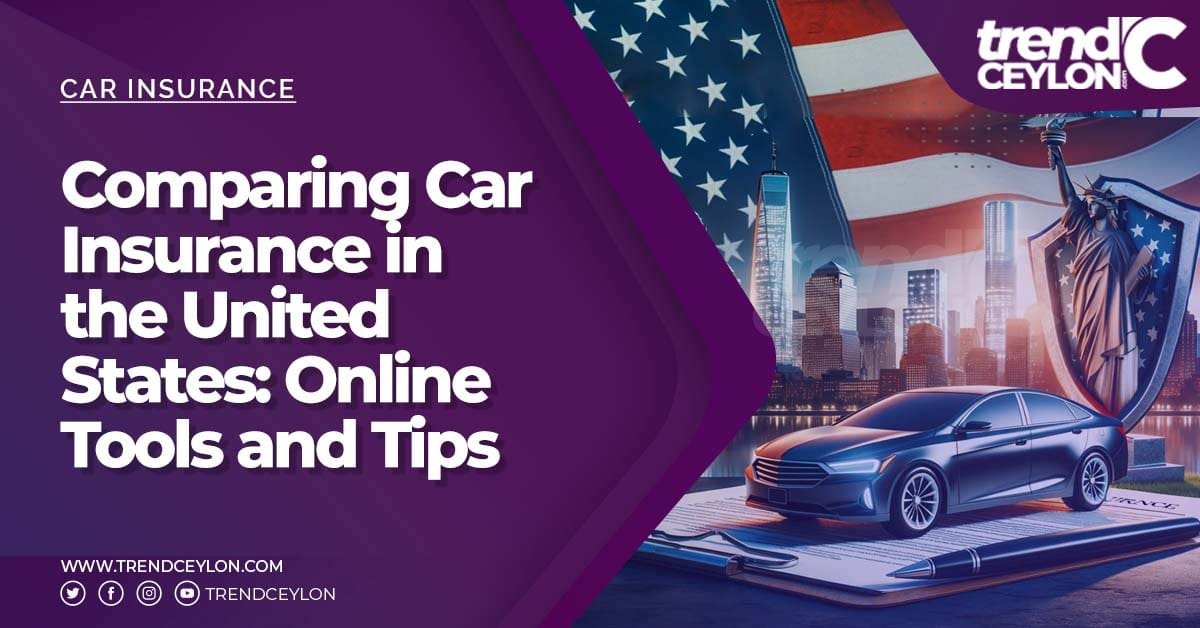Navigating the landscape of car insurance in the United States can be complex. Finding the right policy can feel overwhelming With many providers, differing state regulations, and varied coverage options. However, the advent of online tools and resources has significantly streamlined this process, empowering consumers to make informed decisions with greater ease and confidence.
Understanding the Basics of Car Insurance in the U.S.
What is Car Insurance?
Car insurance is a contract between you and an insurance company that protects you against financial loss in the event of an accident or theft. In exchange for paying a premium, the insurance company agrees to pay your losses as outlined in your policy.
Types of Coverage
- Liability Coverage: This is legally required in most states and covers damages to other people’s property and injuries to other people resulting from an accident you caused.
- Collision Coverage: It pays for damage to your car from collisions with another vehicle or object.
- Comprehensive Coverage: This covers damages to your car caused by events other than collisions, such as theft, vandalism, or weather events.
- Personal Injury Protection: It covers medical expenses for you and your passengers in the event of an accident.
- Uninsured/Underinsured Motorist Protection: This steps in when you’re involved in an accident with a driver who either doesn’t have insurance or has insufficient insurance.

How to Compare Car Insurance Policies Online
Leveraging Comparison Tools
Online comparison tools have become a game-changer in the insurance market. These platforms allow you to compare quotes from various insurers quickly and conveniently based on your personal and vehicle information. Some popular comparison tools include:
- NerdWallet
- The Zebra
- Compare.com
Evaluating Coverage Options
When using these tools, it’s crucial to not only look at the price but also consider:
- Coverage limits
- Deductibles
- Exclusions
- Discounts available
Reading Customer Reviews and Ratings
Understanding other customers’ experiences can provide valuable insights into the insurer’s customer service, claim handling, and overall reliability.
Tips for Finding the Best Car Insurance Policy
Assess Your Coverage Needs
Consider factors like your car’s value, driving habits, and financial situation to determine the right amount and type of coverage.
Look for Discounts
Many insurers offer discounts for things like:
- Safe driving records
- Multiple policies with the same company
- Installing anti-theft devices
- Completing defensive driving courses
Understand State-Specific Requirements
Car insurance requirements can vary greatly from one state to another. Make sure you understand the minimum insurance requirements in your state.
Regular Policy Reviews and Adjustments
It’s advisable to review your car insurance policy annually or after significant life changes, like moving to a new state or buying a new car, to ensure that your coverage remains adequate and cost-effective.
In conclusion, comparing car insurance in the United States has been made significantly easier with online tools and resources. By understanding the types of coverage, leveraging comparison tools, and following these tips, you can find a policy that meets your needs and fits your budget. Remember to regularly review and adjust your policy to keep up with your changing needs.

















